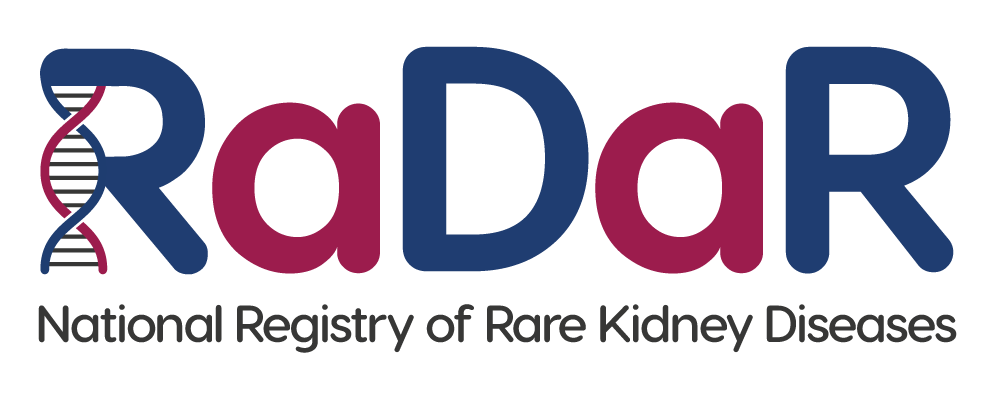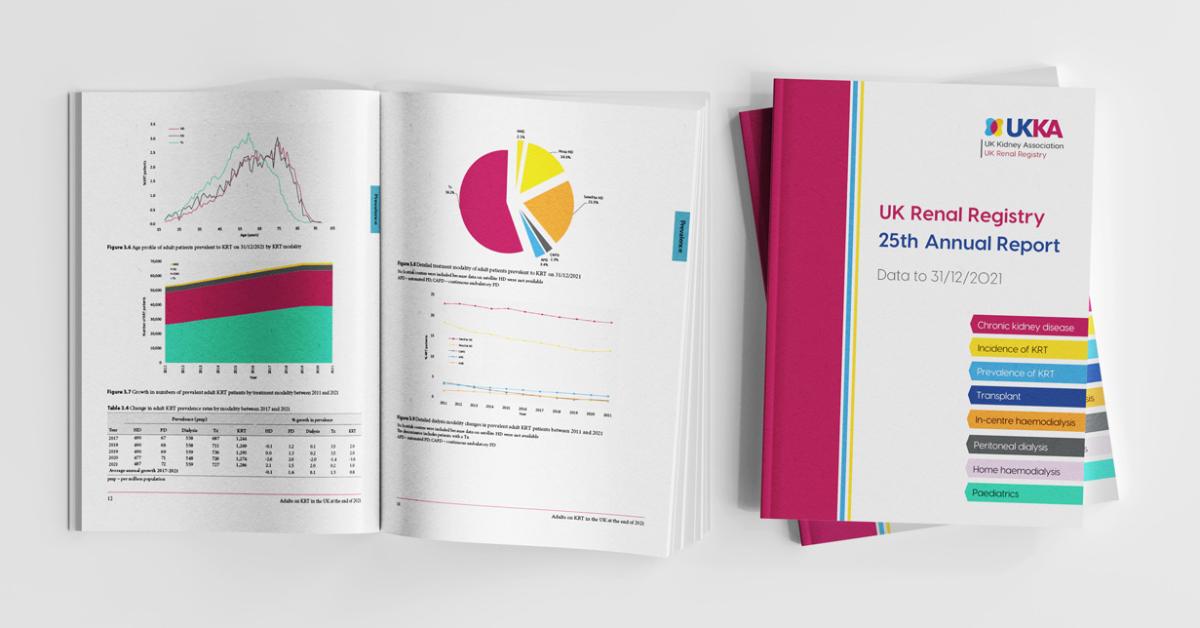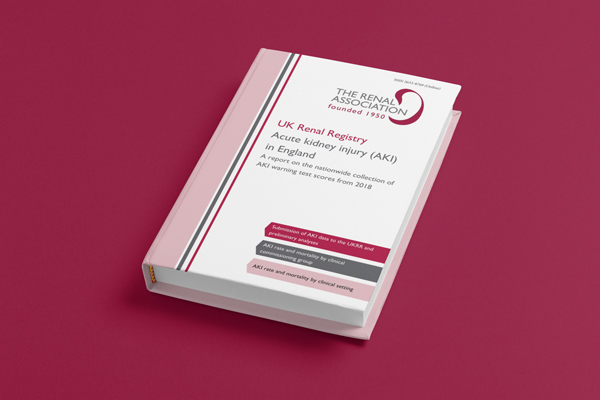Patient Information
Lowe Syndrome is a very rare condition that almost always affects boys. The first signs are found during the routine clinical examination of a newborn baby. All babies with Lowe Syndrome have cataracts which form before birth. A cataract is a white opaque deposit in the lens of the eye, and is seen in place of the black pupil of the normal eye. Both eyes are affected. Other eye problems include increased pressure in the fluid within the eye (glaucoma) and sometimes the clear part of the front of the eye appears to be prominent or swollen.
Newborn babies with Lowe Syndrome are usually floppy because of reduced muscle tone. Sometimes they don’t suck well making feeding difficult. Occasionally this leads to breathing problems and a risk of chest infections.
Presented with these clinical features a paediatrician will conduct further simple blood and urine tests. The diagnosis is confirmed if these show a distinctive pattern of abnormal kidney function.
The kidney problem may add to the feeding difficulties. Infants are often thirsty, may vomit frequently, have poor growth and softening of their bones (rickets; see What can be done about it? below). Over time calcium can be deposited in the kidney and can lead to kidney stones. By itself Lowe Syndrome causes kidney function to decline slowly over decades.
As the children grow most show developmental delay, although this can be mild (see Clincians page for details). Walking may be rather clumsy in the preschool years reflecting the reduced muscle strength. Children usually experience difficulty with regulating aspects of their behaviour, being impulsive and tending to have angry outbursts for little reason (obsessive compulsive disorder). They have special educational needs. A minority will lead independent lives as young adults, but most will need some supervision in daily living.
There is an increased risk of having epileptic convulsions and by adulthood about half of all patients will have experienced them.
Patients with Lowe Syndrome are also at increased risk of prolonged bleeding after an injury or an operation. Later in life other problems can develop such as joint problems, skin cysts and deterioration of kidney function. Overall life expectancy is reduced.
Treating the eye problems
It is important to remove the cataracts very early in life. This is done by an operation with a high success rate. It allows the infant to see, probably for the first time. However, glasses are also necessary to correct the vision The pressure in the eyes also needs to be monitored and if it is too high it will need to be treated. Outpatient follow-up by a children’s ophthalmologist is necessary. Almost all patients with Lowe Syndrome have impaired vision later in life (Kruger et al, 2003).
Getting children to thrive
Infants and small children need a comprehensive approach to allow them to thrive. Abnormal kidney function causes the body to build up acids causing nausea, vomiting and dehydration. This is corrected by giving the infant an alkali (citrate or bicarbonate) to neutralise the acids. The kidneys also waste phosphate that is needed for bone growth. Without enough phosphate children develop rickets. Bones can become painful so that walking may be delayed and a small child may stop using a limb or cry when picked up.
Extra phosphate may need to be included in the diet to make up for the loss. Calcium and vitamin D in the diet needs careful monitoring. Some infants waste enough potassium in the urine to cause low levels in the blood. Unchecked this can worsen both the muscle weakness and kidney function. It may need correction by adding a potassium-containing mixture to the diet.
All this is in addition to ensuring that the overall intake of nutrients is sufficient. Young children with Lowe Syndrome need frequent adjustments to their nutrition and supplements based on the results of blood tests. However, despite best efforts, growth in Lowe Syndrome patients is usually below the normal range.
Treating convulsions
Parents should be shown what to do in case their child has a convulsion. Not all convulsions need medical treatment. In babies it is important to see if a convulsion is caused by reduced levels of calcium in the blood stream. Treatment is to correct the calcium deficit. If there are frequent convulsions not related to low calcium, a suitable anticonvulsant medication may be prescribed.
Getting the best out of development and learning
Psychological help is often needed to help manage the obsessive compulsive aspects of the child’s behaviour. Educational assessment is important from early on in the school years to identify the most appropriate provision.
Other treatments
Patients have an increased risk of developing kidney stones. If this happens they may need surgical removal and patients should be seen by a urologist with a special interest in stones.
Pending
The Lowe Syndrome Trust supports families and initiates and funds medical research into Lowe Syndrome.
Lowe Syndrome is caused by a faulty gene, called OCRL. This gene is responsible for making an enzyme known as phosphotidylinositol (4,5) bisphosphonate (5) phosphatase. It is not clear how the defective enzyme causes the disease. However the normal enzyme is important in the way cells behave and some of its functions are known.
In the kidney the main problem is a failure to retain certain essential substances so that they are lost in the urine. The kidneys filter the blood stream. This produces a watery fluid that contains essential elements that are dissolved in the plasma and are small enough to slip through the filter. The fluid is then processed by the kidney’s microscopic tubules. Essential elements are captured by the tubular cells and returned to the body. Waste matter and the fluid left over leave the kidney as urine.
In Lowe Syndrome there is a general failure of the tubular recovery system. As a result, salt and bicarbonate are wasted. The severity of this is variable but in some patients it can lead to dehydration and a buildup of acids in the body.
Patients also have too much calcium in the urine. This tends to form small deposits, rather like hard water furring up a kettle. The deposits can be seen in the tissues of a kidney using an ultrasound scan (nephrocalcinosis). Occasionally larger deposits can form kidney stones. These in turn may block the flow of urine and cause further damage to the kidney.
How is Lowe syndrome inherited?
The OCRL gene is located on the X-chromosome. Women have two X-chromosomes, and therefore two copies of the OCRL gene. If one of those genes is faulty, the paired normal gene is able to compensate and the woman remains healthy. By contrast men have only one X-chromosome. (Its partner is a Y-chromosome with different genes on it.) If a man has the faulty gene it will take full effect because there is no back up copy of the gene.
The faulty gene is usually inherited from the mother. In this case she has a 50% chance of passing the gene to any child born to her. A daughter has a 50% chance of being a carrier like her mother. A son has a 50% chance of developing Lowe Syndrome.
This is shown in Figure One below:
 Figure One: How Lowe Syndrome is inherited from a carrier mother
Figure One: How Lowe Syndrome is inherited from a carrier mother
About 30% of Lowe Syndrome cases occur because of a new mutation in the patient. If a child is the first in their family to be diagnosed with Lowe Syndrome it is important to test the OCRL gene in both patient and mother to see if she is a carrier. The family can then get appropriate genetic counselling. Antenatal diagnosis is a possibility in that case.
An affected father cannot pass on the disease to his sons, as they inherit his Y-chromosome. But he would pass it on to all his daughters, who will be carriers of the condition.
The Dent & Lowe Rare Disease Group (RDG) is working with international partners with the aim of finding new and improved treatments, and to empower patients. A first step is to compare the symptoms and genetic markers of Lowe Syndrome. To do this the RDG is registering patients in the National Renal Rare Disease Registry (RaDaR). The registry will be used to find suitable participants for future research trials into the effectiveness of new treatments.
If you are interested in finding out more about RaDaR or the activity of the RDG please visit the Dent & Lowe RDG page.
- A & E Information Sheet
- Lowe Syndrome and Dent Disease: Two Ends of a Spectrum




